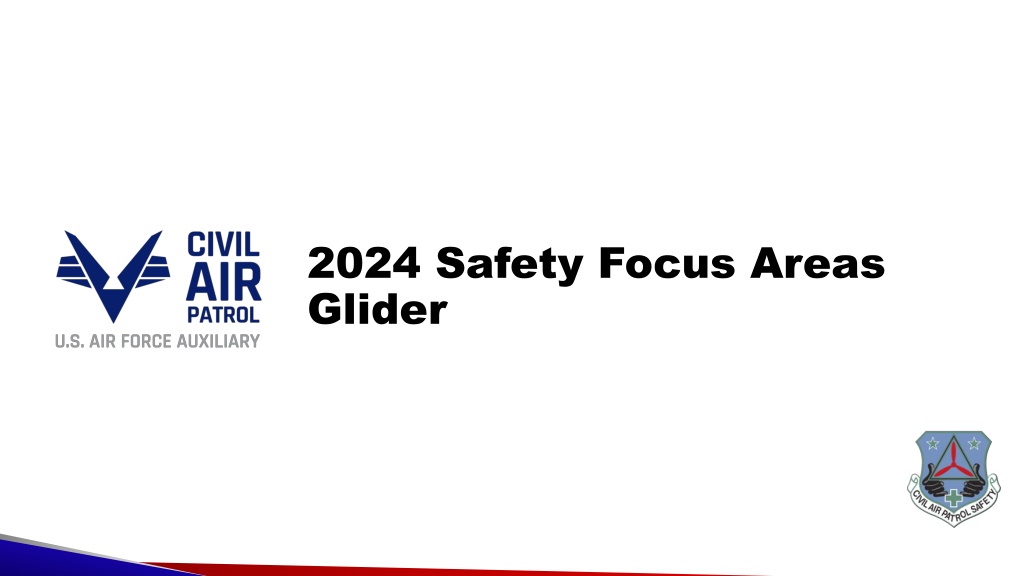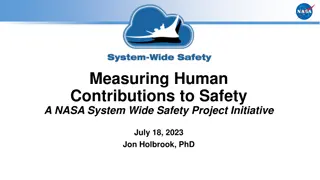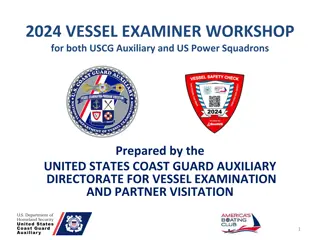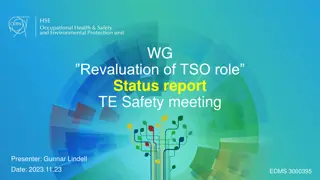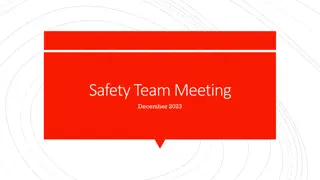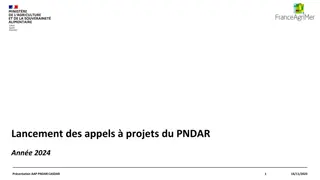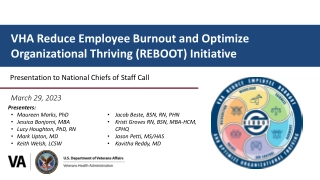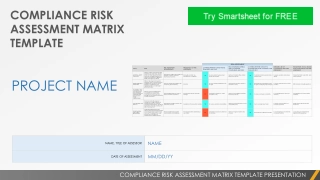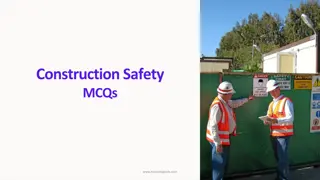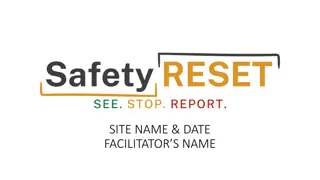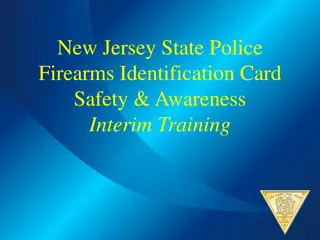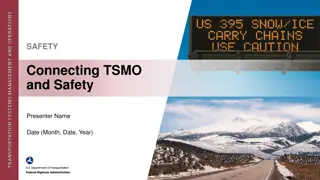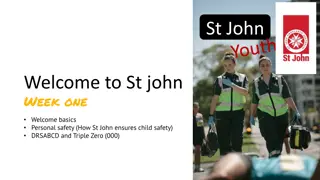2024 Safety Focus Areas Glider
This comprehensive guide covers key safety focus areas for glider pilots, emphasizing the importance of positive aircraft control, instructor intervention, emergency procedures, and post-accident/incident notification. It highlights critical topics such as maintaining situational awareness, handling rope break simulations, and the role of instructors in ensuring safe flight operations. The document also outlines recommended additional topics such as ground handling and winch operations to enhance overall safety practices in glider flying.
Download Presentation
Please find below an Image/Link to download the presentation.
The content on the website is provided AS IS for your information and personal use only. It may not be sold, licensed, or shared on other websites without obtaining consent from the author. Download presentation by click this link. If you encounter any issues during the download, it is possible that the publisher has removed the file from their server.
- Glider Safety
- Positive Aircraft Control
- Emergency Procedures
- Instructor Intervention
- Ground Handling
Presentation Transcript
2024 Safety Focus Areas Glider
Positive Aircraft Control Required Topics & Top Areas for Improvement Accident / Incident Notification Emergency Procedures Instructor / Check Pilot Intervention 2
Pressing/Rushing Rushing to exit the landing surface due to local traffic pressures. Loss of control on landing, mainly due to unstable approaches or lack of timely instructor intervention. Preflight check for control deflection (detection of mis-rigged controls) #1. Positive Aircraft Control 3
Rope Break Simulation MUST maintain situational awareness #2. Emergency Procedures Minimum altitude 200 AGL (per CAP Standards and FAA Glider Flying Handbook MUST also consider gliding distance from field (FAA Glider Flying Handbook) 4
#3. Instructor / Check Pilot Intervention As an instructor pilot, check pilot, or check pilot examiner, be prepared to intervene at any time during a flight, and don t wait for things to go too far before taking action. As an IP, CP, or CPE YOU are a critical layer of safety assurance that pilots can operate CAP s aircraft safely
Required Notification Unit/Wing Commander of members involved National Operations Center (after handling initial emergency actions) CAP/SE will handle reporting to NTSB/FAA (per CAPR 160-2) #4. Accident / Incident Notification Use safety notification/reporting checklist Glider Movement post Occurrence Move ONLY if the equipment is a hazard coordinate with CAP/SE when possible Document / photograph damage, location on field if possible Collect statements from members / non-members involved 6
Recommended Additional Topics Ground Handling Winch Operations 7
Ground Handling Before loading or unloading a glider, inspect the trailer and the glider for any signs of damage or wear. Report any issues and do not proceed until they are resolved. Use proper lifting techniques and equipment to avoid injuring yourself or damaging the glider. Do not lift or move the glider by yourself; always have at least one helper. Follow the manufacturer's instructions for assembling and disassembling the glider. Do not force any parts or use excessive force. Check that all connections are secure and aligned before flying.
Crew Roles Risk management and planning (use CAPF 160) Winch type familiarity, training (diesel vs. gasoline) Checklist availability and usage Equipment inspections and preparation Participant operational and safety briefings Operational and safety communications (ground and flight) Winch Operations 9
